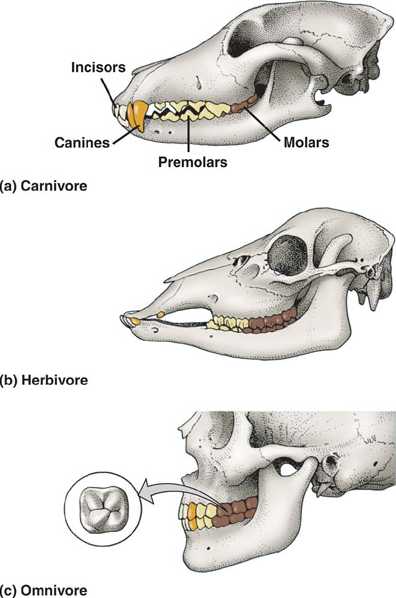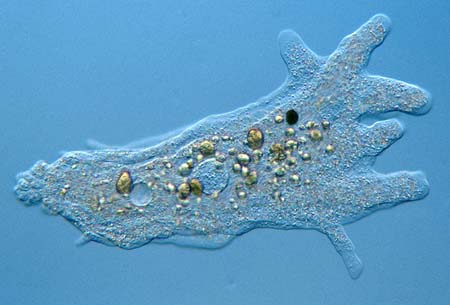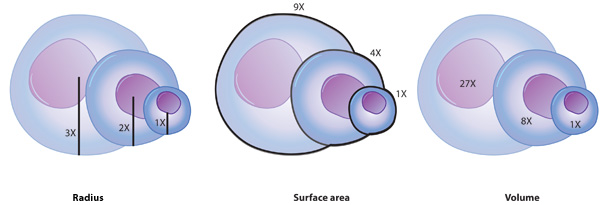- High surface area
- A moist surface to allow gases to dissolve
- Thin structures to allow rapid diffusion into the tissues of the organism
- Well supplied with blood vessels
In the case of insects, oxygen is obtained and CO2 removed via openings in the abdomen. These are called spiracles When the air passes into the insects it enters the tracheal tubes and passes down a series of branched tubes called tracheoles. These small structures have high SA and so allow for gases to be exchanged with the tissue fluid. The tracheoles are attached to the muscles that pulse, drawing air in and pushing it out.
In the case of amphibians, the lungs are not well developed and do not have sufficient surface area to allow for sufficient gas exchange. To supplement this amphibians also use their skin as a gas exchange surface. Recall earlier the need for the surface o be kept moist. This is the primary reason that a frogs skins must be moist at all times.
Frogs breath by positive pressure means. That is they push the air into their lungs by sealing off the nostrils and pushing with their bucal cavity. So when you see the frogs "chin" moving, it is in the act of breathing.

In humans, negative pressure breathing occurs. The lungs are elastic and so when the diaphragm pulls them downwards, the pressure inside the lungs is less than the outside air. As a result, air rushes in. To exhale the reverse occurs. Humans have massive surface area inside their lungs. One problem they would have if their lung surfaces were directly exposed to the environment is rapid dehydration. To stop this from happening, the lungs are internalized in the chest cavity, and air can only enter and exit via the nose or mouth. Most of the moisture is trapped before it leaves the body. However, water losses are inevitable. This can be seen when you breath on glass or on a cold winters day.

Air travels down the trachea, bronchi and bronchioles until it reaches the alveoli. This is the site of gas exchange. The alveoli are shaped like clusters of grapes. This increases surface area for gas exchange. As shown in the diagram below, these are also well supplied with blood vessels.

When people develop emphysema, the alveoli begin to breakdown and reduce the surface area for gas absorption. This results in the shortness of breath that sufferers have.
























